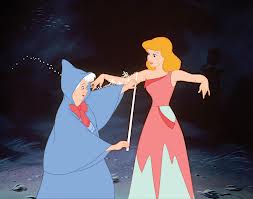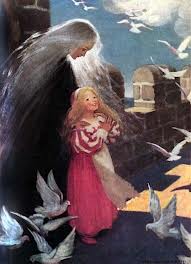In The Secret Garden, the theme of the environment and its effects on the characters is very prevalent. Because of this, it seems that Frances Hodgson Burnett was influenced in some ways by Jane Eyre. At the beginning of the story, Mary is a selfish, spoiled child. This attributed to the absence of her parents and the environment that she grows up in. India, which Burnett makes clear is a less than ideal place, is described as yellow, hot, and humid. The servants cater to her every need because they fear they will be condemned for not entertaining her whims and be a bother to the parents.
Similarly, Jane Eyre has absent parents (she is orphaned) and yet the servants and her only family treat her harshly and ignore her for the most part. Both Jane and Mary are considered to be ugly children who behave terribly and spend very limited time outside. One could argue that they both misbehave because they are a product of their indoor environments. Yet when each character is removed from their destructive environments—Mary back to idyllic England and Jane far, far away from Gateshead—they are exposed to the outdoors and the wonders of the moors, which does much to improve their persons. Mary begins to love and care for others after she arrives at Misselthwaite Manor, and her appearance and health improve drastically thanks to the openness of England’s moors. In Jane Eyre, when Jane flees from Thornfield Hall, she finds a brief safe haven with its natural resources. Likewise, Colin finds healing in the secret garden and Mr. Rochester finds peace at the remote Ferndean Manor (located deep in a forest away from society). The Victorians were very in favor of gardens and the many varieties of plants (thanks in part to Romantic and scientific interest in nature and biology), and yet they discouraged any real, long-term interaction with the wilderness and it seems that Burnett embraces that ideal. The great outdoors provides healing and escape for the characters of both The Secret Garden and Jane Eyre.









